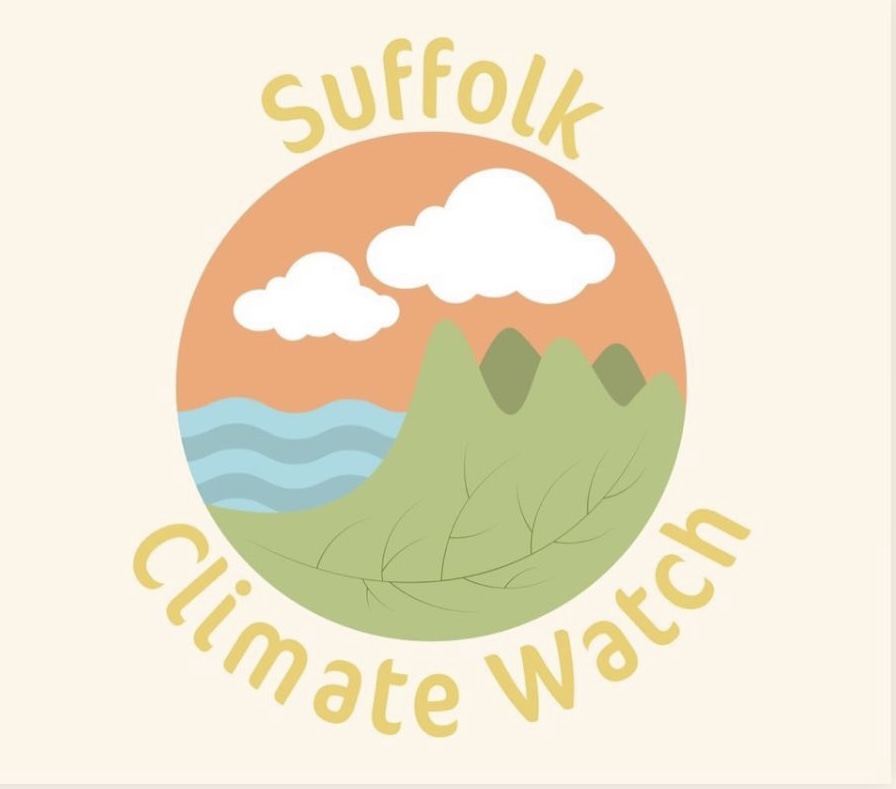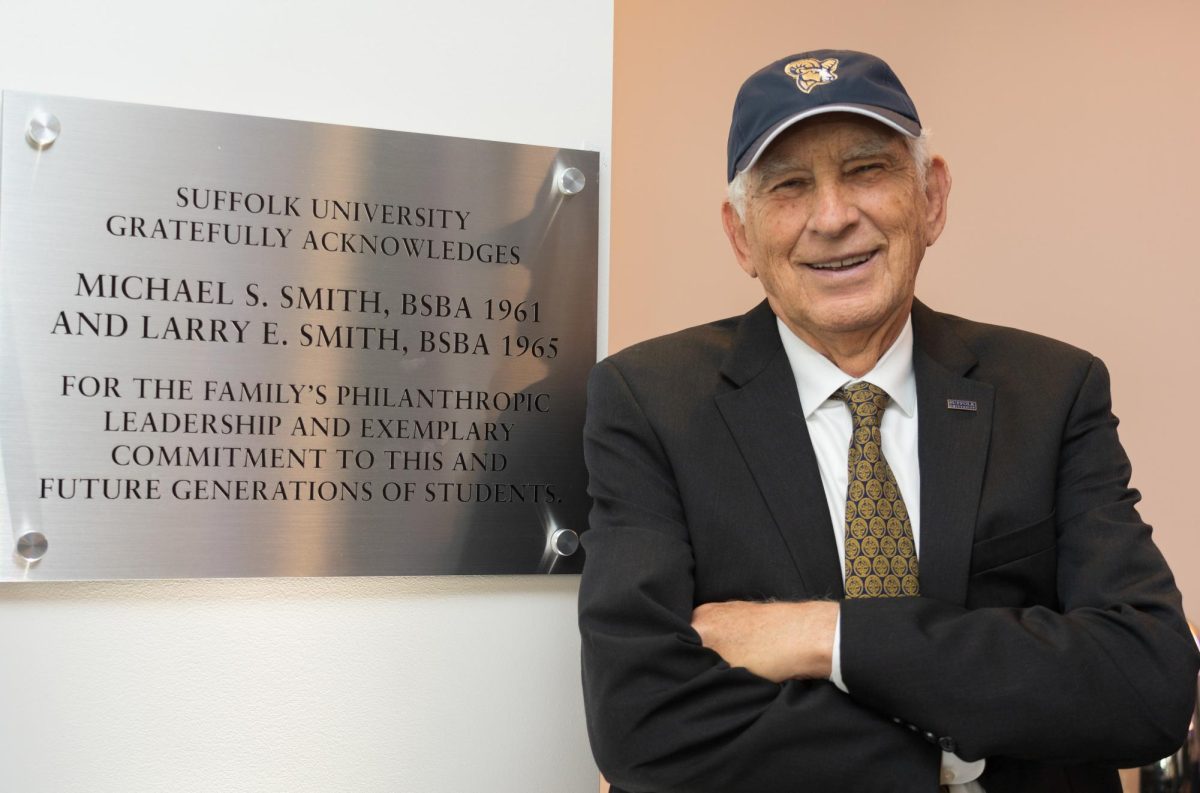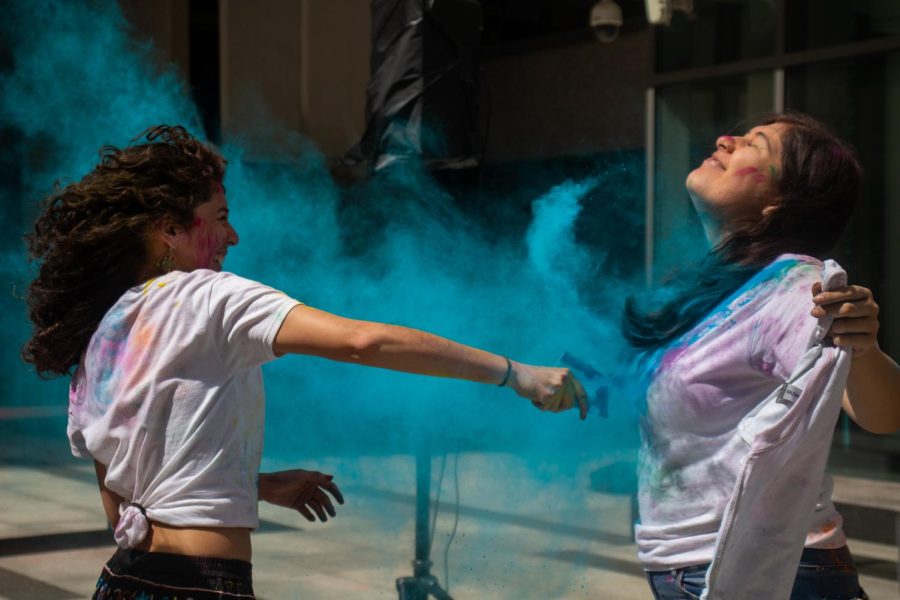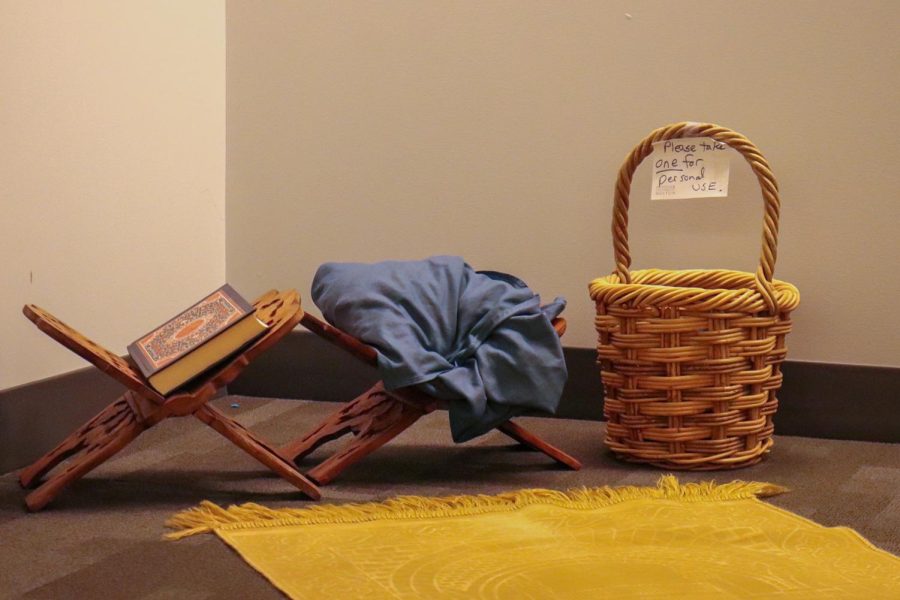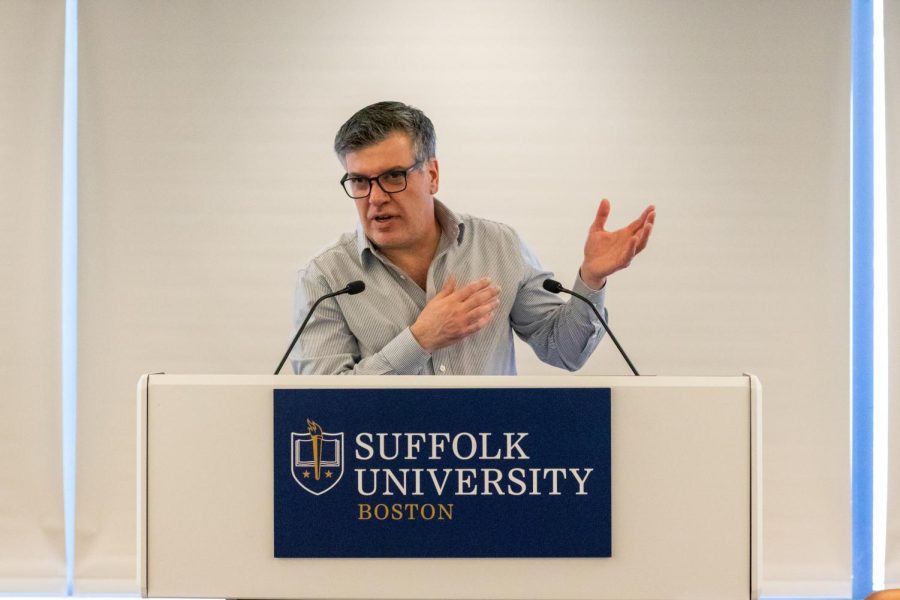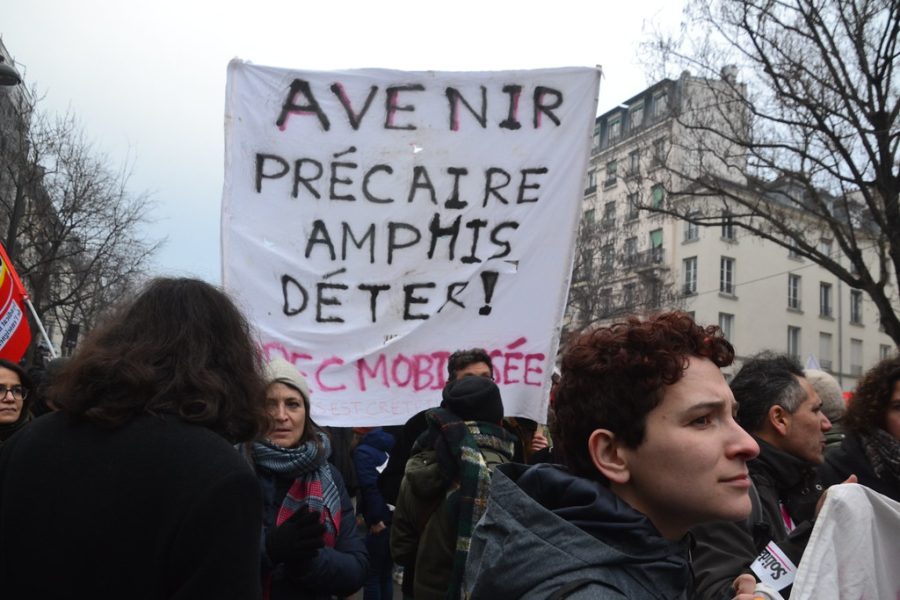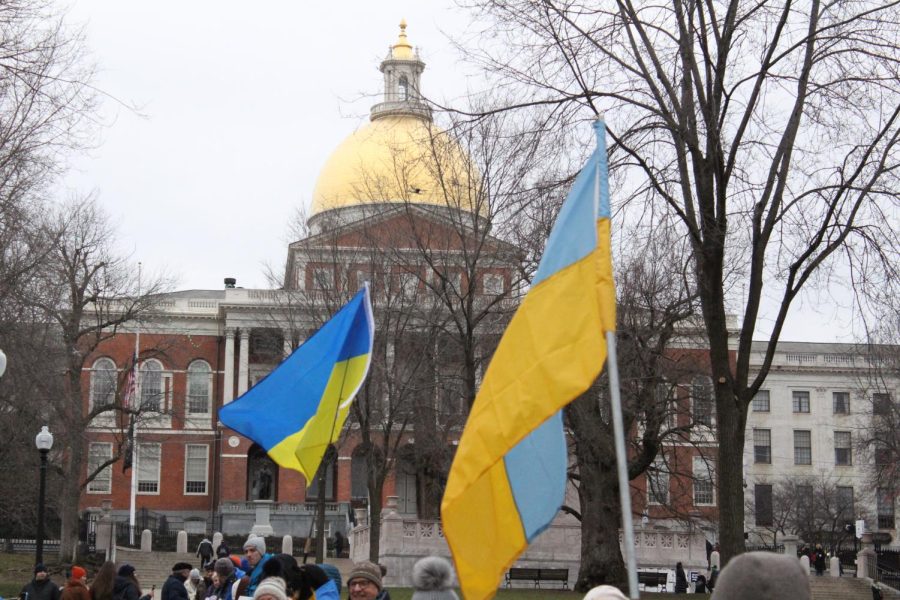A tornado that hit western Mississippi March 24 left 25 dead and many more missing and displaced throughout the state.
The tornado, which was categorized as a 4 out of 5 on the Enhanced Fujita Scale, tore through 59 miles of rural Mississippi, severely damaging many communities including Rolling Fork. Tornados often only span two miles, making this tornado’s longer trek particularly unusual. The destruction left behind suggested wind speeds of over 170 miles per hour, according to the National Weather Service.
This event was described as a nocturnal tornado, meaning it occurred at night. This left little time for citizens to be warned about the storm and evacuate. This resulted in one of the most deadly tornadoes seen by Mississippi in over a decade, according to ABC News.
The National Weather Service determined that a supercell storm was responsible for the formation of this tornado. Supercell storms are rotating and often have unnatural exchanges between hot and cold air, which risks the development of tornados.
“The worst-case scenario happened. Warm air in the cold season, middle of the night,” said John Gordon, a NWS meteorologist.
These storms have been the subject of studies for many scientists and storm chasers, as they form under specific conditions that are becoming more frequent as climate change continues to become a problem across the globe.
Supercell storms have been responsible for the development of some of the most deadly tornados since the mid-2000’s. This includes the 2011 breakout storm that killed over 320 people in three states, 32 of those deaths being in Mississippi.
These types of storms are significantly affected by the frequency and scale of warm weather. This, alongside other climate phenomena like La Nina, the cooling of oceans on the west coast of South America which in turn brings warmer weather in the colder seasons to Southern states, resulted in an unfortunate climate clash.
La Nina has always affected the Midwest and South’s susceptibility to these extreme weather disasters. This area is often referred to as “tornado alley” and spans areas surrounding the Ohio River Valley and Mississippi River Valley. This area’s geography makes it extremely vulnerable to these natural disasters.
The extent that human-caused climate issues are affecting the likelihood is still something that is being researched.
It is difficult for scientists to make direct claims relating tornados to climate change, said Harold Brooks, a tornado scientist at the National Severe Storms Laboratory.
Experts are saying that these extreme storms will be becoming more common. Illinois University Meteorology professor Victor Gensini said with warmer weather seeping into the colder months, the formation of these storms is far more likely. With 10% of these storms escalating into tornados, it can be assumed that with the rising likelihood of these storms that tornados may be becoming more frequent in the area.


